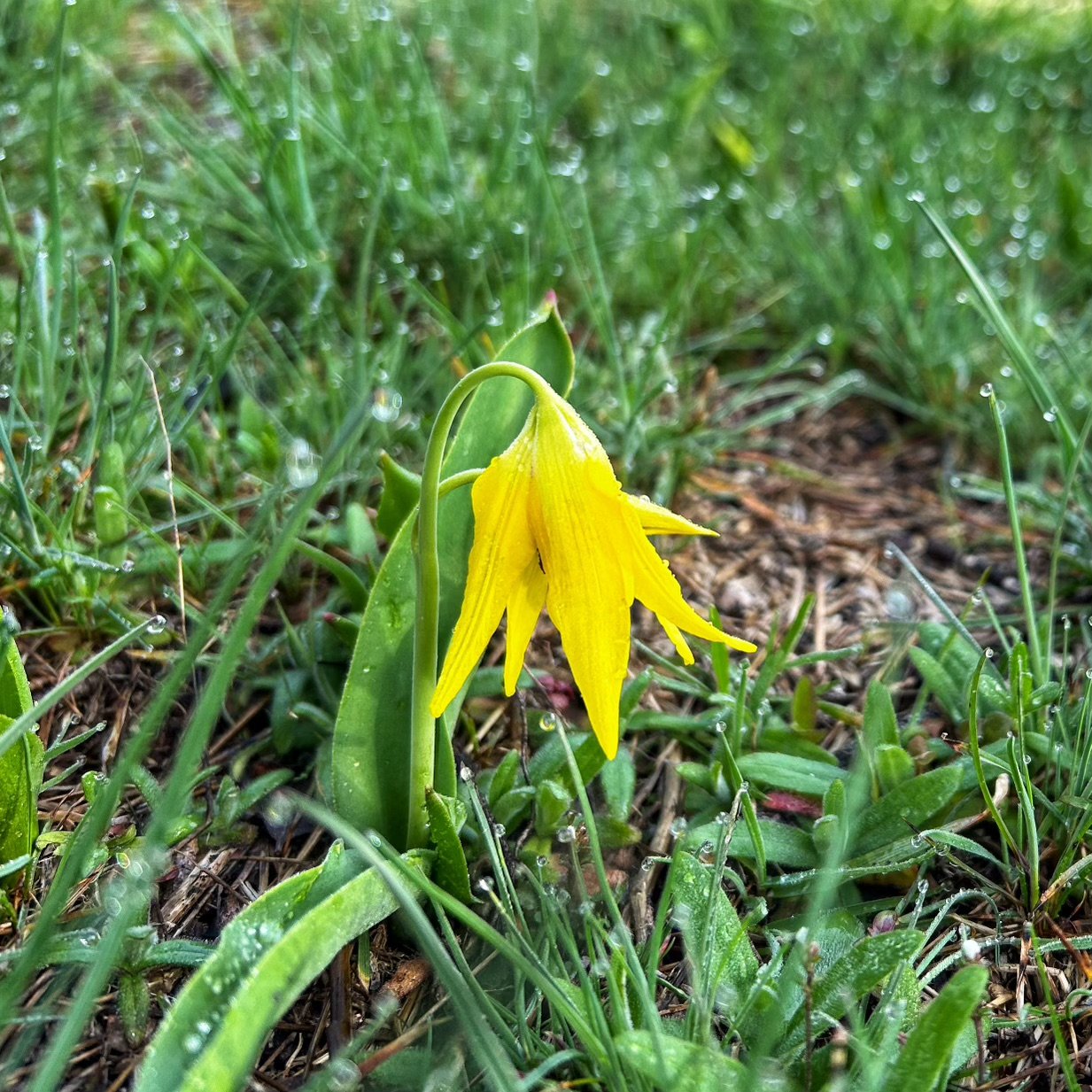Every square inch of our planet has a natural disaster threat. Ours is wildfire. It’s not a possible, potential, or plausible threat. It’s a real one. One that, left unchecked, has, can, and will destroy everything in its path. Wildfires can rage for days, weeks, or longer, and the smoke they produce can make life unbearable if not impossible.
Before we mucked with the natural wisdom and order of things, the earth knew how to take care of its own. Wildfire was a necessary part of that care, ensuring the burning away of what had to go so that what was meant to stay could thrive. Leaving that all up to nature is no longer an option. That’s where wise forest management and well-founded fire science come into play.
Enter the controlled burn.
Also referred to as prescribed burns, these fires typically burn away dead grasses, downed trees, fallen branches, and the thick vegetation that can make up the forest floor. It is the practice of intentionally setting carefully planned, targeted fires of shorter duration to better ensure the resiliency and health of the forest. And the health of all for that matter, since the health of the many is connected to the health of the one.
Controlled burns are currently being carried out in our neck of the woods, which while necessary, are not necessarily pleasant for those of us living in close proximity. The smoke levels vary. Sometimes the skies are clear and the air fresh. With a shift of the wind or a drop in temperature the smoke rolls back in, we can’t see our neighbor’s home less than 100 yards away, and need to wear N95 masks when we walk our dog. (After a quick search on Amazon, I’ve ordered a canine filter mask for her too.)
It’s nearing the end of day two of the closest burn, and as the last of the fire works its magic, the skies are blue and clear. While inconvenient in the short term, they are critical in the long run. If you’ve ever driven through areas where this approach has been carefully taken, the beauty of these forests is breathtaking. The understory is a healthy riot of green. The trees have room to breathe, stretch their limbs to the sky, and food for the animals that live there is abundant.
When it comes to ensuring a healthy forest, one thing is clear. Fires, wild or controlled, and all that comes with them, including the smoke, are part of the equation. The question is, how do you want your smoke?
What is true of the forest is true in our homes, hearts, and homelands. Rather than waiting for a wildfire to tear through our midst, leaving nothing it its wake, we are better served by controlled fires that burn away what has to go so that what is meant to stay can thrive.
One way or another, fires will continue to burn through forests. The question is, how do you want your smoke?











